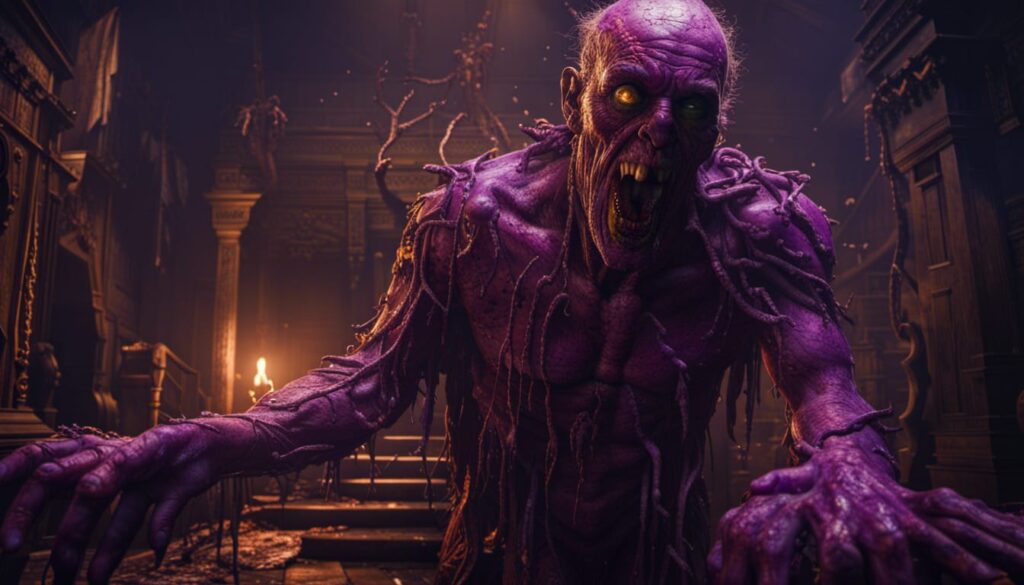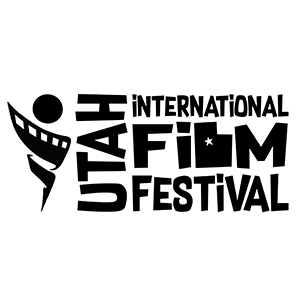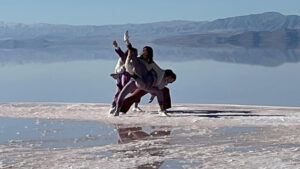Unleashing the Fright: A Guide to Writing a Captivating Horror Feature Film

Writing a horror feature film is an exhilarating journey that allows you to tap into the deepest fears and anxieties of your audience. Crafting a memorable and spine-tingling experience requires careful planning, a solid understanding of the genre, and the ability to evoke emotions that will haunt viewers long after the closing credits. In this blog post, we will guide you through the key elements and essential steps to write a captivating horror feature film.
1. Research and Understand the Horror Genre:
To embark on your horror writing adventure, immerse yourself in the genre. Analyze classic horror films, study the works of renowned horror writers, and familiarize yourself with the various subgenres like supernatural, psychological, slasher, or paranormal. Understanding the historical context and evolution of horror will help you develop a unique and compelling story.
2. Create a Unique and Engaging Concept:
The foundation of any great horror film lies in an intriguing concept. Brainstorm ideas that will captivate your audience by playing with their deepest fears and unknown realms. Consider combining elements from different subgenres, adding a fresh twist to a familiar trope, or exploring uncharted territory to keep your story innovative and fresh.
3. Develop Complex Characters:
Compelling characters are the heart of any successful horror film. Craft protagonists that audiences can relate to, cheer for, and fear for. Establish their backstories, motivations, and vulnerabilities to make them three-dimensional and emotionally engaging. Additionally, create memorable and formidable antagonists that embody the essence of terror.
4. Build Tension and Suspense:
The skillful manipulation of tension and suspense is crucial in a horror film. Strategically pace your story to create a gradual buildup of anxiety and unease. Employ techniques such as jump scares, foreshadowing, and unexpected twists to keep your audience on the edge of their seats. Remember, anticipation can often be just as terrifying as the actual scare itself.
5. Set the Mood with Atmosphere and Setting:
The atmosphere and setting play vital roles in establishing the tone of your horror film. Whether it’s a secluded cabin in the woods, a haunted mansion, or a dimly lit basement, the environment must evoke a sense of dread and foreboding. Utilize descriptive language to paint vivid imagery and immerse your audience in the eerie world you’ve created.
6. Utilize Effective Sound and Music:
Sound design and music are powerful tools in creating a terrifying experience. Experiment with unsettling sound effects, eerie music, and silence to build tension and enhance the viewers’ emotional response. A well-crafted sound design can intensify the impact of scares and leave a lasting impression on your audience.
7. Craft Memorable and Inventive Scares:
The scares in your horror film should be unforgettable and unique to your story. While jump scares are effective, aim for a variety of scares that engage both the visual and psychological senses. Experiment with innovative ways to frighten your audience, whether it’s through supernatural phenomena, psychological mind games, or unsettling imagery.
8. Weave a Compelling Narrative:
A strong narrative structure is essential in keeping your viewers engaged from beginning to end. Develop a well-paced plot that keeps the story moving forward while providing enough breathing room for character development and atmospheric buildup. Ensure that each scene serves a purpose and contributes to the overall horror experience.
9. Iterate and Refine:
Writing is a process of continuous refinement, and horror scripts are no exception. Seek feedback from trusted peers, join writing communities, or consider working with a script consultant to gain fresh perspectives and identify areas for improvement. Embrace constructive criticism and be open to making revisions that elevate your screenplay.
Conclusion:
Writing a horror feature film demands a delicate balance of storytelling, atmosphere, characterization, and scares. By understanding the genre, creating unique concepts, and employing effective techniques, you can craft a captivating and bone-chilling cinematic experience for your audience. Remember, the key lies in evoking emotions that resonate long after the credits roll. So, unleash your imagination, embrace the darkness, and let your horror feature film come to life!




